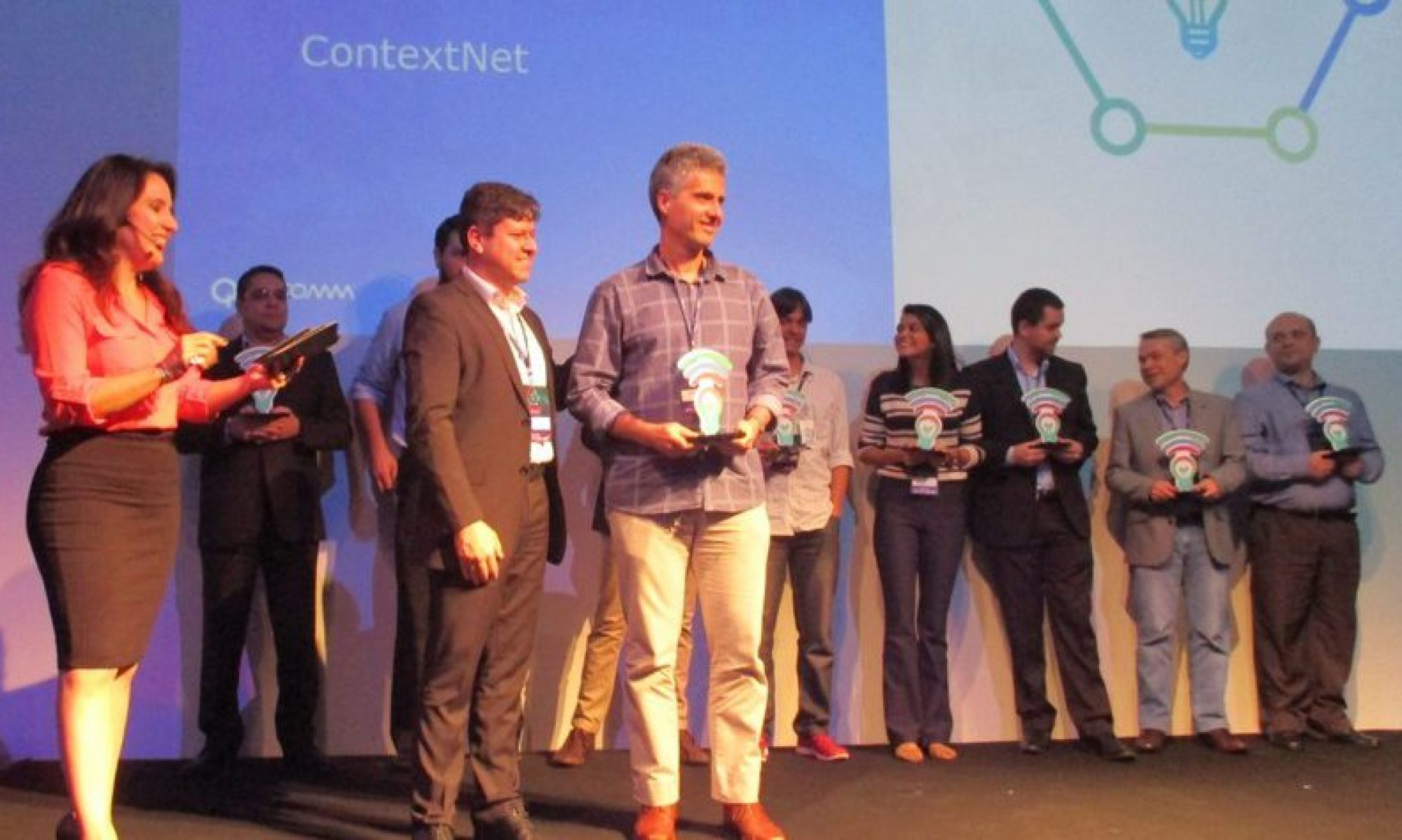Internet of Mobile Things(IoMT) – The Internet of Things is evolving towards a heterogeneous network including a mix of IP-based connectivity and an array of short-range, low-power wireless technologies (e.g., Bluetooth, NFC, LoRa), the latter used by peripheral devices in the Edge networks, the Smart Objects. Moreover, according to Francis da Costa [2], IPv6 does not solve all IoT problems because management, rather than addressing and routing, are the biggest challenge of IoT.
In fact, IP-based protocols will neither be supported by the vast majority of
Smart Objects, nor will their over-provisioned and reliable services be suited to most IoT applications.
Considering that personal mobile devices (smart phones and tablets) and mobile Internet are becoming increasingly ubiquitous, more affordable and powerful, and that opportunistic and intermittent connectivity will become common place in a world filled with mobile, wearable and em- bedded technology, such personal mobile devices become good candidates for propagator nodes (i.e. gateways) to the Internet to the simpler and energy-constrained smart objects. This led us to propose the concepts of Internet of Mobile Things (IoMT) and Mobile Hub (M-Hub).
In this R&D division we develop software services, protocols and tools that facilitate de development, deployment and execution of distributed IoMT applications, with particular focus at the spontaneous discovery, wireless communication, handover, scale deployment, message routing and energy management, and location-based services for such applications.
Distributed Stream Intelligence(DSI) – The goal of this R&D division is to investigate the main issues and benefits of providing distributed stream intelligence for IoT applications, and how it can be supported by middleware services and APIs.
Distributed Stream Intelligence will be implemented using ContextNet’s Complex Event Processing functionality deployed and managed in a distributed mobile form. The main requirement of DSI are that knowledge-based reasoning and inference of new information must be performed in real-time, and that the system must have the ability to learn autonomously. Moreover, the so-called “smart objects” have to be intelligent, i.e. they should have means to adapt their behaviour to specific need of the current usage, they should have the ability to deduce their temporal, spatial and usage context, as well as learn from their previous use patterns.
IoT Markets, Economy, Incentives(MEI) – As the marketplace business model has gained much popularity in the last decade, there appeared a number of successful platforms in many industry segments, such as hospitality (Airbnb), e-commerce (Alibaba, Amazon), crowdfunding (Kickstarter), photos marketplace (shutterstock), transportation, etc, . While so far most these markets trade physical or human-produced things, humans are still in the loop as the “connectivity hubs”, in few years humans may be taken out of the loop and the smart objects and cloud-based services will be traded directly by interested cyber-physical applications.
Hence, as IoT will becomes more and more interwoven into every sector of economy and our daily lives, we believe that sooner or later a market will emerge that will have, on the one side networked object providers, smartphone users and Data Analysis services, and IoT service consumers or applications on the other side. It is likely that access to sensor data (and/or actuator control) will be charged, in a similar way as nowadays mobile Internet bandwidth consumption is charged. Besides this, also the wireless connectivity (the last meters), which in IoMT way be provided by anonymous users with their smartphones, who will have to get micro-payments or incentives. And last but not least, data analyics services – which transform raw data into tangible information – will also have a key role in this IoT economic system. Along this line, this research thread in LAC will both investigate IoT marketplaces and incentive mechanisms both from a theoretical as well as from a practical point of view, implementing some matchmaking services as an additional ContextNet services.
Remote Actuation and Coordination of Mobile Objects(RACMO) – In this division LAC will investigate the problems of remote actuation on mobile objects – or mobile smart things – in situations of intermittent wireless connectivity, mobility of objects and Mobile Hubs, handover of objects among Mobile Hubs, and the challenges of synchronous coordination and scheduling of actuator executions of groups of mobile smart objects. Such groups may be arrays of stationary devices, such as street lamps, or else sets of mobile controllable objects, i.e. robots. Examples of mobile robots include autonomous vehicles, interconnected mobile robots in industry, for medical care or transportation/stock, as well as UAVs and flying robots.
SEcurity of Cyber-Pbysical Systems(SEC) – The growing density and size of networks formed by heterogeneous devices and many users with different profiles poses new challenges to cyber-security. One notable example of this is the Internet of Things (IoT), where cyber-offenses, data theft and manipulation and DDoS attacks take place in very dynamic, polymorphic and very distributed scenarios. Currently, IoT technology already supports connection of millions of smart devices and meters, and by 2025 it shall support more than 50 billion connected devices. Thus, there are too many smart devices to be controlled, and any device with minimal computing and communicating capabilities can initiate or participate in cyber-attacks without leaving an easily detectable trace.
The main insight regarding security of IoT systems is maybe to realize that there is nothing essentially new or different in those networked systems when it comes to security threats that can compromise its operation. According to several scholars in order to determine the need of a security control, we first have to analyse the security risks, which means to evaluate their likelihood, technical impact and harm to the business or organisation.
In fact. the threats that can compromise the security of IoT systems based on a general topology to acquire, aggregate and analyze data (smart thing-gateway-cloud) were settled into two distinct groups: (i) threats to the operation of the entities of the IoT system; and (ii) threats to the communication between the entities of the IoT system.
In this R&D division we investigate security issues and propose protocols for authentication, integrity check, access control and cryptography for IoMT system.

